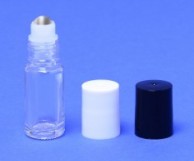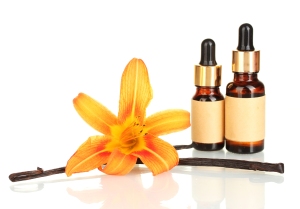- Laundry
- Pest control
- Air purification
- Mold control
- Freshening HVAC ductwork
- Cleaning produce and
- Removing sticker residue
Here’s how!
LAUNDRY
Lemongrass for wool dryer balls
Instead of using fabric softeners or dryer sheets (which I am actually allergic to, plus they are filled with chemicals I’d rather not have coating my family’s clothes and seeping through our pores), I add 1-2 drops of Plant Therapy’s (dirt cheap-30ml for $9 cheap) lemongrass on at least two of my wool dryer balls toward the end of the drying cycle or before fluffing up line-dried laundry. If the clothes are completely dry, I add the oil and set the dryer to the “low heat” or “fluff air” setting for 5-8 minutes. I do NOT add oils when drying cloth diapers.
Purifying oils for (oops!) musty, wet clothes
Those times I forget about a load in the wash for a couple days? I do a quick wash with a tbs of my homemade detergent and 2-3 drops of lemon (any brand) or a purifying blend (any brand, such as YL’s Purification or HEO’s Purify). Works every time.
PEST CONTROL
Bugs do not like cinnamon bark and peppermint. We only get our house sprayed once in a blue moon (3x in the first 3.5 years years we’ve lived here), and our signal that it’s time for a treatment is after consistent live roach sightings (proceeded by killings) for several days in a row.
For general control of bugs of all kinds (esp. during rainy months), I add a drop of cinnamon bark (any brand) and a drop of peppermint (any brand) to cotton balls and place them in places my kids can’t reach but bugs like to frequent. These are hot oils (esp. cinnamon bark!), so don’t touch them with your fingers!
- behind beds
- under dressers (against the wall)
- under sinks, toward the back
- behind the fridge
- back of the pantry
- on the wall behind the microwave (but not close to the outlet)
- inside air vents
- high window sills, or between the window screen and glass
Those tiny sugar ants that invade the kitchen will not cross a line of either peppermint or cinnamon bark oil. I have a borax/sugar water mix I use to totally eliminate ants (will do a separate post sometime), but during the waiting process I use peppermint to control their paths on my counters. Sometimes they will even abandon their “mission” and the “ants go marching one by one” OUT and away!
AIR PURIFICATION
Thieves and Purification during illness, lemon for everyday use
When anybody in the home gets the sniffles (or any remote sign of illness), I diffuse YL’s Thieves (or HEO’s Plague Defense) and Purification (or HEO’s Purify)–separately, not together–a couple times a day in each room. Both blends are highly antimicrobial, and Thieves has been shown to kill 90% or more of certain airborne bacteria and mold spores. Both blends have also worked wonders for us in funky-smelling hotel rooms.
For every day air freshening, I love to diffuse lemon (any brand). It’s inexpensive and I love the smell.
MOLD CONTROL
My recipe: 10 drops each of PT’s Germ Fighter and cinnamon bark per 1 oz of water mixed in an amber spray bottle. Shake well before use.
As I learned about the power behind certain oils when it comes to eliminating mold (even black mold), I used this recipe to spray down some troublesome spots on our bathroom baseboards and under the kitchen sink. Hot oil alert!, so I only sprayed right before bed so the kids couldn’t accidentally come in contact. The mold smell went away after 3 nights and stopped spreading…but oils will not miraculously remove any stains left behind from the damage. I had made more than I needed, so I emptied the remaining mix into a glass jar and left it open under the kitchen sink toward the back. No more mold growth, and I’ve also noticed no bugs under there either!
FRESHENING HVAC DUCTWORK
This was one of those “why not?” ideas I read about! Put a couple drops of cinnamon bark, thieves, lemon or pine onto some cotton balls and place them in the air return vent while the system runs.
CLEANING PRODUCE
Recipe: 1 drop lemon (high quality–YL, HEO, or NAN–since small possibility of ingesting), 1/4 cup white vinegar in a large bowl.
Fill the bowl with water, add produce, and allow to soak up to 15 minutes. I take thin-skinned or delicate produce out after 3-5 minutes (berries, lettuce). Drain, then rinse. Lemon is highly antiseptic and is awesome at loosening residue (including pesticide residues), making your “rinses” more effective.
I’ve found this is not very effective at removing wax coatings off of certain produce, like apples. I love my Norwex Fruit and Veggie Scrub Cloth for that! (Full disclosure: yes, I’m a Norwex consultant! Want to know more? Use the form at the bottom of this post to contact me!)
REMOVING STICKER RESIDUE
I used straight lemon EO to loosen and remove sticker residue off of glass bottles and such. Totally random, but thought I’d throw this out there.
CONTACT ME!


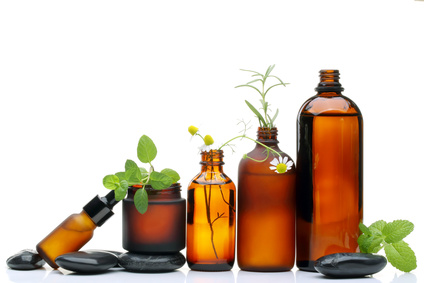
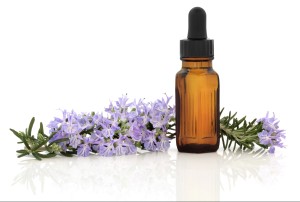

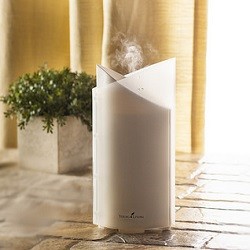 chemicals found in [most] scented candles. There are dozens of brands out there, and most will only cover the square-footage of a single room, sometimes two. Diffusers create faint white-noise–and occasionally you’ll hear tiny “splashes” of water droplets. I find this background noise relaxing, but easy to tune out when I want to. Read the fine print and several reviews (good and bad) before purchasing a diffuser.
chemicals found in [most] scented candles. There are dozens of brands out there, and most will only cover the square-footage of a single room, sometimes two. Diffusers create faint white-noise–and occasionally you’ll hear tiny “splashes” of water droplets. I find this background noise relaxing, but easy to tune out when I want to. Read the fine print and several reviews (good and bad) before purchasing a diffuser.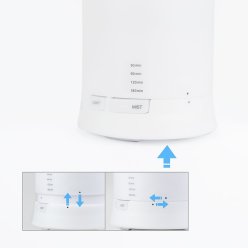

 Roll-on Applicators
Roll-on Applicators